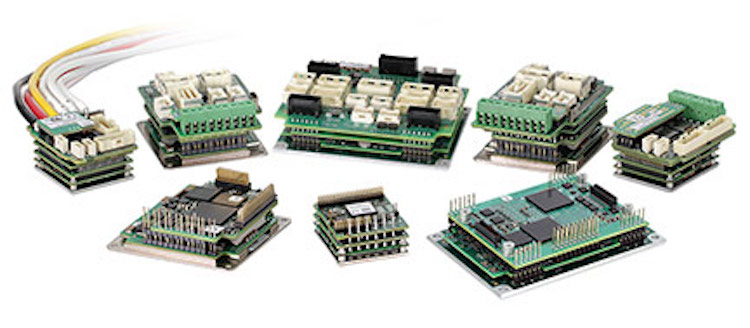
Motor Controllers Used in Autonomous Mobile Robots
Internal logistics is an indispensable part of the supply chain, especially in large manufacturing enterprises.
However, the tasks involved can also be quite repetitive. Humans can easily do such tasks, but that’s neither cost-effective nor efficient.
Why waste employee resources doing mundane and repetitive tasks when they can be automated?
Automating material organization and transportation can help reduce production bottlenecks.
Additionally, autonomous robots can take the place of humans in dangerous work environments, such as mines and construction sites.
Thus, they don’t just allow workers to focus on higher-value activities. They also help keep them safe.
Autonomous Robots, Explained
Generally speaking, every machine that helps humans are considered a robot, such as the coffee machine in your kitchen and the ATM on the street corner. And they are all at least semi-autonomous.
After all, they were created to make our lives easier. They react to specific conditions and situations. But they have very limited functions and still need a lot of human interaction. Now, the rise of a new breed of more sophisticated robots is upon us.
Autonomous robots are defined as intelligent machines that are capable of performing tasks on their own without human intervention. They can also gather information about their surroundings and adapt to their changing environment.
Moreover, these robots use feature-based localization or robotic mapping to steer around obstacles without the assistance of humans. This helps them accomplish complex tasks and react accordingly to avoid situations that can harm people, properties, and themselves.
These robots are typically mobile and come in a variety of forms – from ground-based and water-based drones to flying drones. Good examples of these include robot vacuum cleaners, autonomous helicopters, and autonomous driving robots.
At the moment, they are restricted to a specific environment, such as a shopping mall, warehouse, railway station, and factory space. But seeing how fast technology advances, it won’t be too far in the future before we see these robots deployed in a wider range of environments.
The use of autonomous robots has many benefits, such as the following:
- Optimize productivity and efficiency
- Improve accuracy and precision
- Reduce the risk of worker injury in hazardous environments
Using Motor Controllers for Autonomous Robots
Warehouses have been using automated-guided vehicles (AGV) for assisting personnel and transporting freight for decades.
Today, innovations in autonomous technology and infrastructure promise more opportunities and potential in automation in the form of automated mobile robots (AMR).
AMRs rely on state-of-the-art motion control solutions to fulfill the demands of manufacturers. But how do AGVs and AMRs differ?
AMR versus AGV
AGVs need physical indicators, such as wires, magnets, or sensors, to follow a defined path. They are typically used in manufacturing as a tug, flatbed, and cart to transport materials.
They can only do basic programming instructions and are limited to following fixed routes.
Any changes to their programming will require additional costs, as well as significant disruptions to production.
Unlike AMRs, AGVs can only detect obstacles but cannot navigate around them. So, they just stop in their tracks until the object blocking their way is removed.
AMRs, in contrast, have the ability to chart out destinations and routes fully autonomously.
The best autonomous mobile robots use data from their built-in sensors or cameras, laser scanners, and sophisticated software to detect their surroundings. This gives them the ability to choose the most efficient path to their target.
Servo Drives
Motion controllers for autonomous mobile robots can give you efficiency and durability when building an autonomous machine.
Servo drives, on the other hand, provide a powerful and precise way of converting motion from rotational into linear.
They work together to give the motor the right power, so it can produce the desired torque or execute its intended movement.
The motion controller determines what must be done to attain the desired velocity, torque, and position. It is responsible for all the higher-level decision making and processing, which it sends to the servo drive.
The servo drive will then produce the voltage that energizes the motor windings, producing torque.
Servo drives for harsh environments are small, accurate, and powerful. They are also easy to program. They are most useful when near-perfect motion repeatability is required.
Some of their most notable robotic applications include robotic welding and robotic vehicles.
Minimal Disruption
AMRs use advanced hardware and software. And, yes. They require a significant initial investment.
But, if you look at the bigger picture, you’ll realize that it’s actually more cost-effective than AGVs.
After all, AMRs don’t need magnetic strips, wires, and other expensive modifications to their infrastructure, making these machines easier to set up and deploy.
So, there is very minimal disruption in the production process.
Forget about the past where manufacturers depend on inflexible and costly legacy technologies. AMRs are the future of the supply chain.
Visit our page for more news about technology and robots.
Promoted
